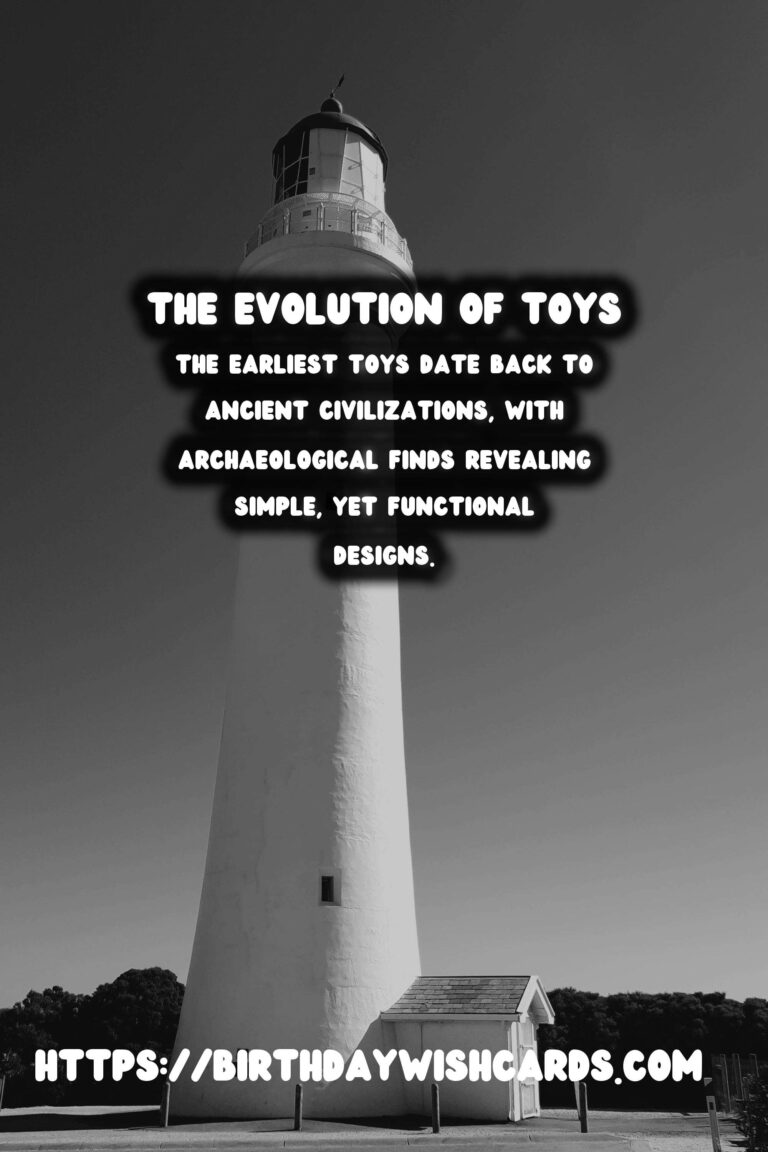
Throughout history, toys have played a pivotal role in the development of societies, reflecting cultural values and technological advancements. From the clay dolls of ancient civilizations to the intricate board games of the present, toys chronicle the tale of human innovation and creativity.
The Beginnings: Ancient Toys
The earliest toys date back to ancient civilizations, with archaeological finds revealing simple, yet functional designs. These early toys were made from natural materials like wood, stone, and clay. Dolls were particularly popular, serving as both playthings and spiritual objects.
Artifacts from ancient Egypt, Greece, and Rome show that children enjoyed a variety of toys, including animal figures and miniature tools. These items were often created with significant craftsmanship, indicating the importance of play in early cultures.
The Middle Ages: The Rise of Play
In the Middle Ages, societal changes influenced toy production profoundly. While toys remained largely handmade, new materials such as cloth and metal began to be used. This era saw the emergence of wooden toys and dolls crafted with more refined techniques, tailored to the customs of medieval Europe.
During this time, toys not only served as entertainment but also as educational tools, helping children learn about the world and their potential roles in society.
The Industrial Revolution: Mass Production
The Industrial Revolution marked a significant turning point in the history of toys. With the advent of machinery, toys became accessible to a wider audience as they could be mass-produced. This era saw the introduction of iconic toys such as the rocking horse and the kaleidoscope.
Materials like tin and rubber became more prevalent, allowing for a greater diversity in toy design and function. This period also witnessed the rise of puzzles and educational games, reflecting growing societal emphasis on learning and development.
The 20th Century: A Golden Era for Toys
The 20th century is often regarded as a golden era for toys, characterized by significant innovation and growth. The post-war economy led to the invention of numerous beloved toys, including LEGO bricks and Barbie dolls. These toys encapsulated the spirit of the times, providing both entertainment and educational value.
Board games experienced a resurgence, with classics such as Monopoly and Scrabble gaining worldwide popularity. These games not only entertained but also fostered family bonding, creating lasting traditions.
Modern Toys: Technological Marvels
In today’s digital age, toys have evolved further, incorporating advanced technologies like augmented reality and artificial intelligence. Modern toys often blend physical and digital elements, offering interactive experiences that extend beyond traditional play.
Robotics, video games, and internet-connected playthings demonstrate the endless possibilities of modern toys. Yet, despite the rapid technological changes, many classic toys remain beloved, proving that the fundamental essence of play is timeless.
Conclusion
The history of toys is a captivating journey through time, revealing the complexities of human culture and innovation. Whether simple or sophisticated, toys continue to enrich our lives, sparking joy and imagination for people of all ages.
Throughout history, toys have played a pivotal role in the development of societies. The earliest toys date back to ancient civilizations, with archaeological finds revealing simple, yet functional designs.
#HistoryOfToys #ToysThroughTime

